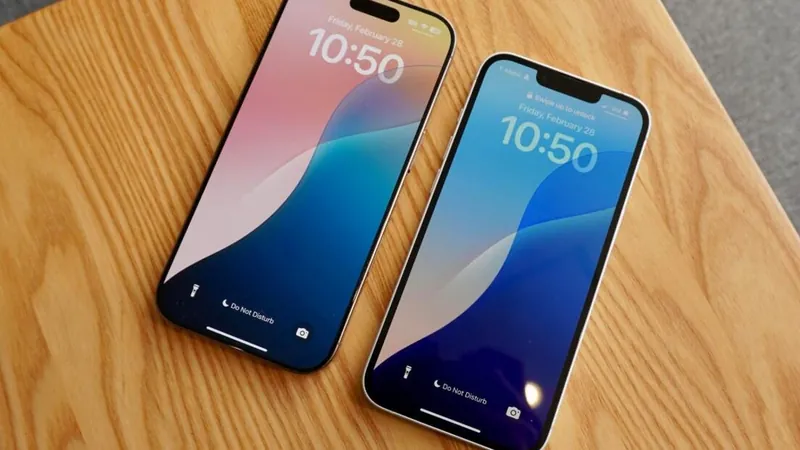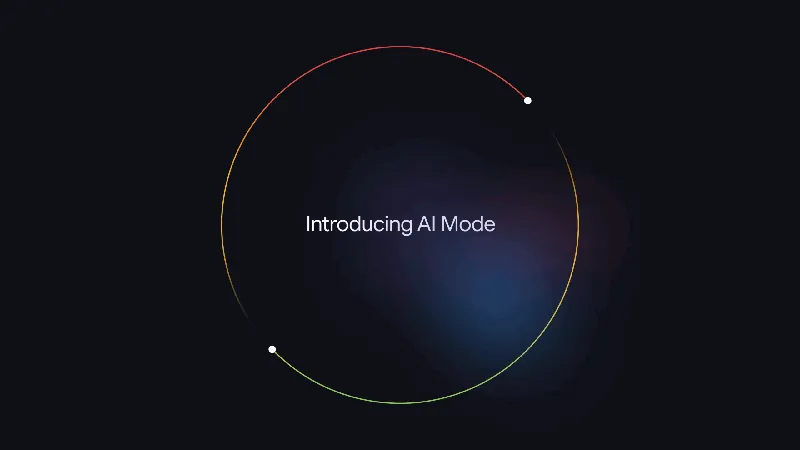
Is the iPhone 16 Still the Speed King? Here’s What the Tests Reveal!
2025-09-08
Author: Nur
iPhone 16 vs. iPhone 16e: The Speed Showdown
Curious about which iPhone model offers the fastest connectivity? The battle between the iPhone 16 and the budget-friendly iPhone 16e has been illuminating, especially with the iPhone 17 just around the corner!
A recent report from Ookla revealed that while the iPhone 16 generally outperforms the 16e in most regions, there are instances where the 16e holds its own, particularly in specific circumstances.
The Breakdown: Modems at Play
At play here are two distinct modems: the iPhone 16 boasts the Snapdragon X71 5G from Qualcomm, while the 16e features Apple's freshly minted C1 modem. With prices set at $799 for the 16 and $599 for the 16e, this comparison is crucial for consumers weighing their options.
Apple is on a mission to produce more in-house components, including modems, which adds an interesting twist to this wireless showdown.
Performance Insights: It Depends!
Ookla's tests revealed that, in many markets, the iPhone 16e performed closely to the iPhone 16 in median download speeds. Yet, notable discrepancies appeared across specific regions. For instance, the iPhone 16 clocked in at an impressive 353.49 Mbps in Saudi Arabia, while the 16e managed only 295.01 Mbps. However, things turned around in Spain, where the iPhone 16e outshone the iPhone 16, boasting a median download speed of 139.88 Mbps compared to 110.38 Mbps.
Tech Factors at Play
These variances boil down to the sophisticated capabilities of Qualcomm's modem, particularly in networks with 5G standalone (SA) coverage. The iPhone 16, with its advanced hardware supporting higher carrier aggregation and uplink MIMO technology, has a clear edge in those scenarios.
In layman’s terms, a 5G SA network utilizes a full 5G core for faster speeds, while higher carrier aggregation allows for multiple frequency bands to be harnessed simultaneously.
U.S. Market: A Clear Winner
In the U.S., T-Mobile users observed significant discrepancies: the iPhone 16 boasted an average download speed of 317.64 Mbps, while the iPhone 16e lagged at 252.80 Mbps. With more than 65% of T-Mobile’s locations supporting four-carrier aggregation, the iPhone 16 users experienced considerable advantages.
The Bottleneck Mystery
So, if the Qualcomm modem seems superior, how come the Apple modem held its ground in many regions? The answer lies in network bottlenecks. Many providers haven’t yet tapped into the advanced features of Qualcomm’s technology, leaving room for Apple’s C1 modem to shine where networks are less developed.
As the rollout of upgraded networks continues, industry experts predict that we can expect the iPhone 16's performance to further eclipse that of the 16e.




 Brasil (PT)
Brasil (PT)
 Canada (EN)
Canada (EN)
 Chile (ES)
Chile (ES)
 Česko (CS)
Česko (CS)
 대한민국 (KO)
대한민국 (KO)
 España (ES)
España (ES)
 France (FR)
France (FR)
 Hong Kong (EN)
Hong Kong (EN)
 Italia (IT)
Italia (IT)
 日本 (JA)
日本 (JA)
 Magyarország (HU)
Magyarország (HU)
 Norge (NO)
Norge (NO)
 Polska (PL)
Polska (PL)
 Schweiz (DE)
Schweiz (DE)
 Singapore (EN)
Singapore (EN)
 Sverige (SV)
Sverige (SV)
 Suomi (FI)
Suomi (FI)
 Türkiye (TR)
Türkiye (TR)
 الإمارات العربية المتحدة (AR)
الإمارات العربية المتحدة (AR)